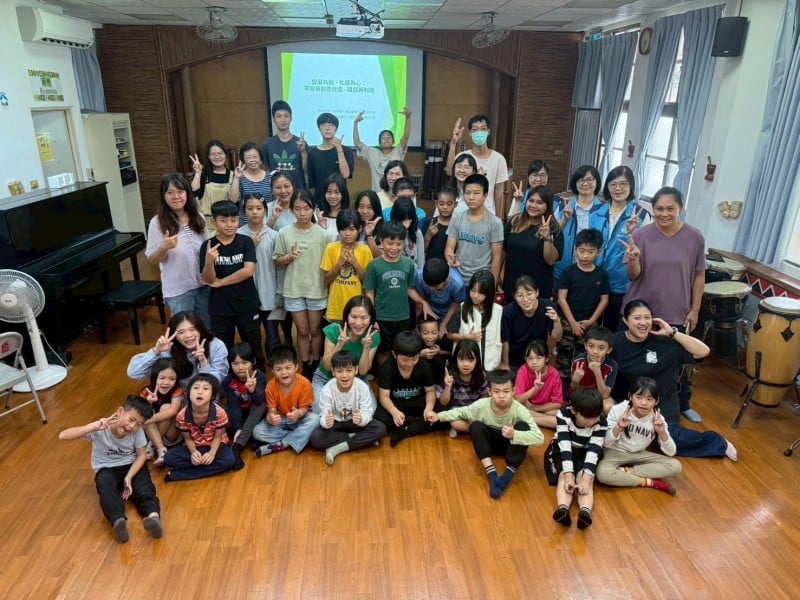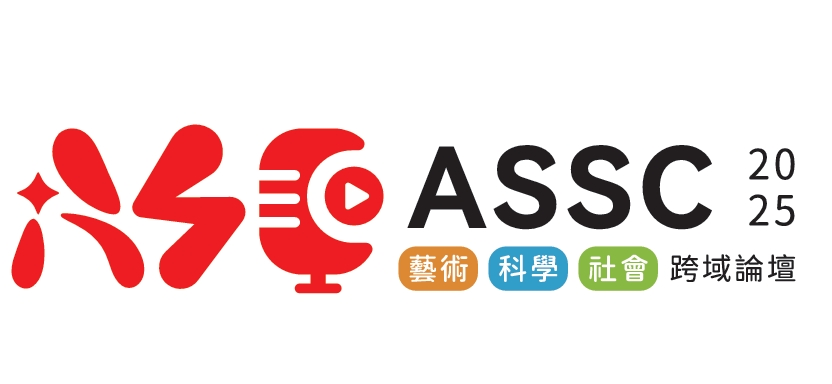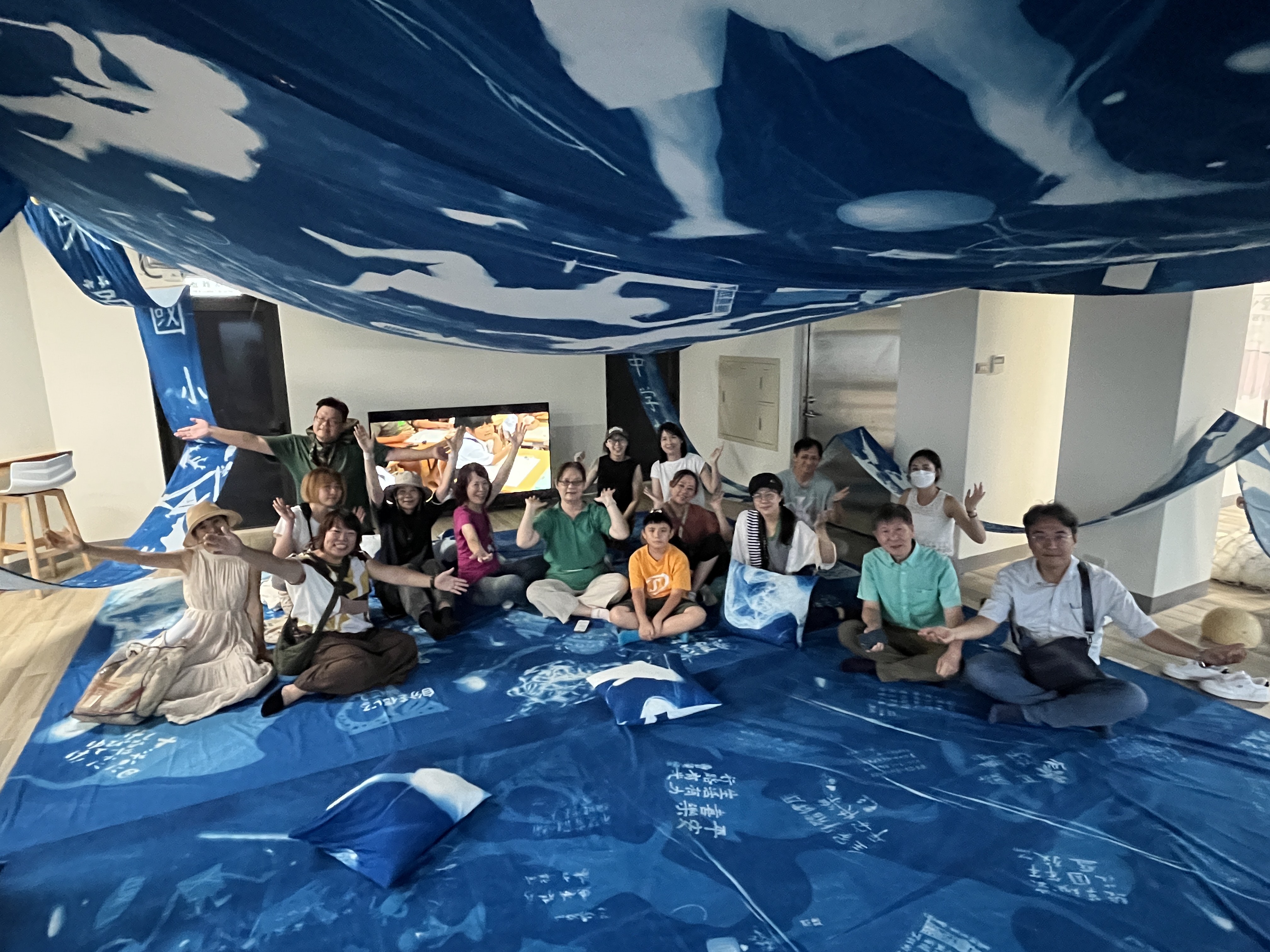Green Summer: A Cross-disciplinary Practice of Energy Conservation, Carbon Reduction, and Environmental Education: Ciwen Elementary School Illuminates a Sustainable Future with Creativity
News source:Ministry of Education Global Information Network>
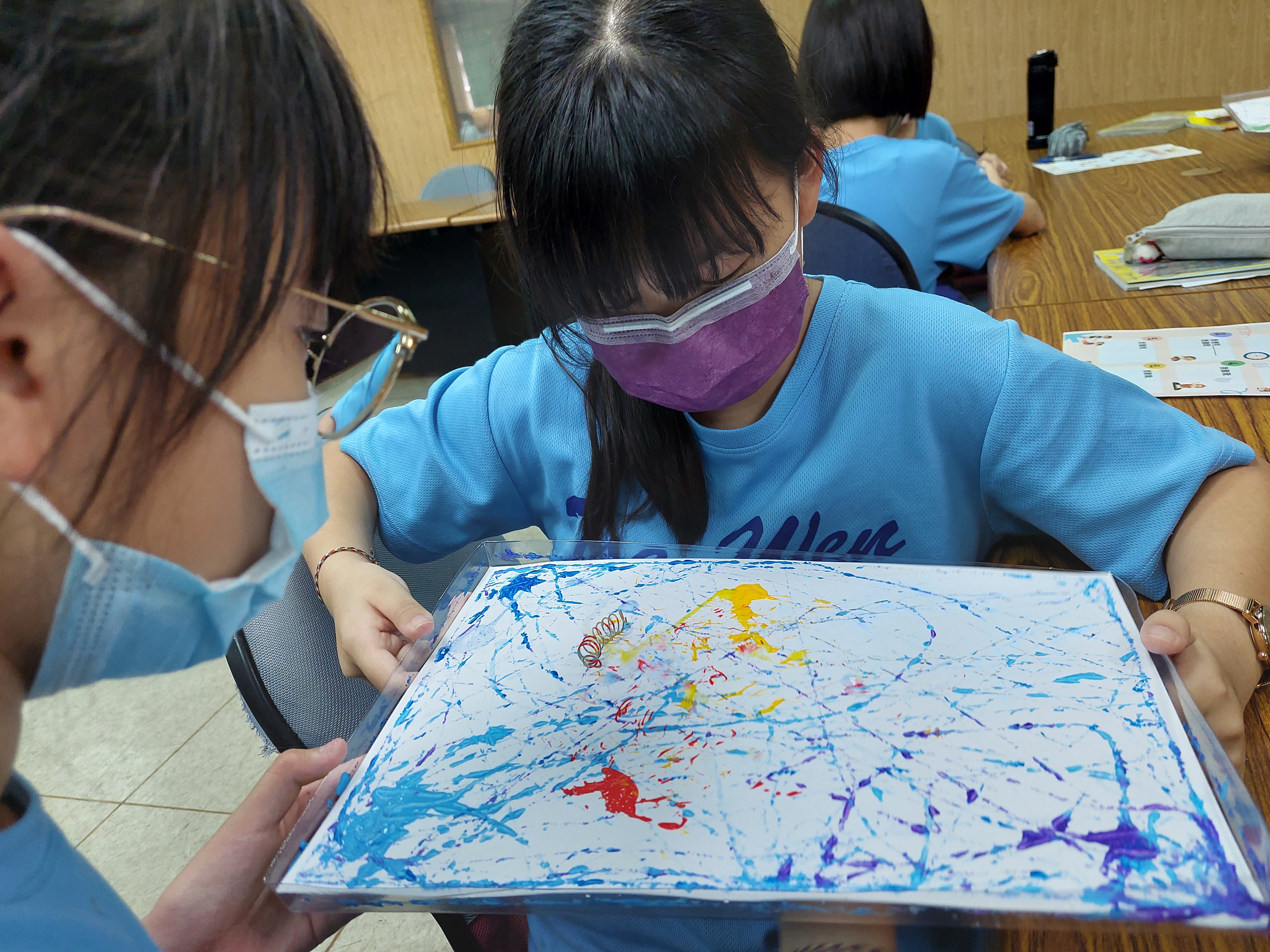
Since its launch in 2014, the Ministry of Education's "Cross-disciplinary Aesthetic Education Excellence Pilot Program" has been dedicated to integrating art and non-art subjects, allowing students to connect interdisciplinary learning with relevant topics and apply their acquired knowledge and aesthetic practices to their daily lives. As global warming worsens, energy conservation, carbon reduction, and environmental sustainability have become pressing concerns. Through this program, the Ministry of Education continues to encourage schools to integrate art, technology, and everyday issues, developing curriculum that emphasizes environmental care and creativity, allowing students to learn about these important topics in a more flexible and diverse way.
Facing the global challenges of climate change and energy transition, Ciwen Elementary School in Taoyuan City has created a green summer curriculum themed "What Can We Do in the Future?" that combines energy education with artistic expression. The curriculum guides students through energy exploration and the practical path to a green energy future. Focusing on "affordable and clean energy," one of the United Nations Sustainable Development Goals (SDGs), the curriculum begins with a foundational exploration of clean energy. Students are then guided through reading and analyzing various energy resources, transforming this information through hand-drawn illustrations to cultivate reading comprehension, information deconstruction, and independent thinking.
The school arranged a special field trip for students to the "Electric Fantasy No. 1" facility, where they experienced green energy generation, solar energy applications, and VR flight simulations through immersive installations, bringing abstract energy concepts to life through interactive games. A student excitedly shared, "The VR experience was so immersive! I experienced so many new things I'd never encountered before!" Another student exclaimed in amazement, "Waste can be used for both power generation and composting—it really kills two birds with one stone!" The course also incorporated hands-on activities, allowing students to design models of wind turbines and solar cars, translating theoretical knowledge into tangible results. The course also extended its exploration of the science of magnetism, allowing students to understand the rare earth metal neodymium, the foundation of green energy, and the principles of magnetism, creating works such as the "Moving Magnetic Music Installation" and the "Unique Magic Magnetic Painting." By transforming magnetism and sound waves into visual and auditory interactive displays, students deepened their understanding and appreciation of energy issues at the intersection of science and art.
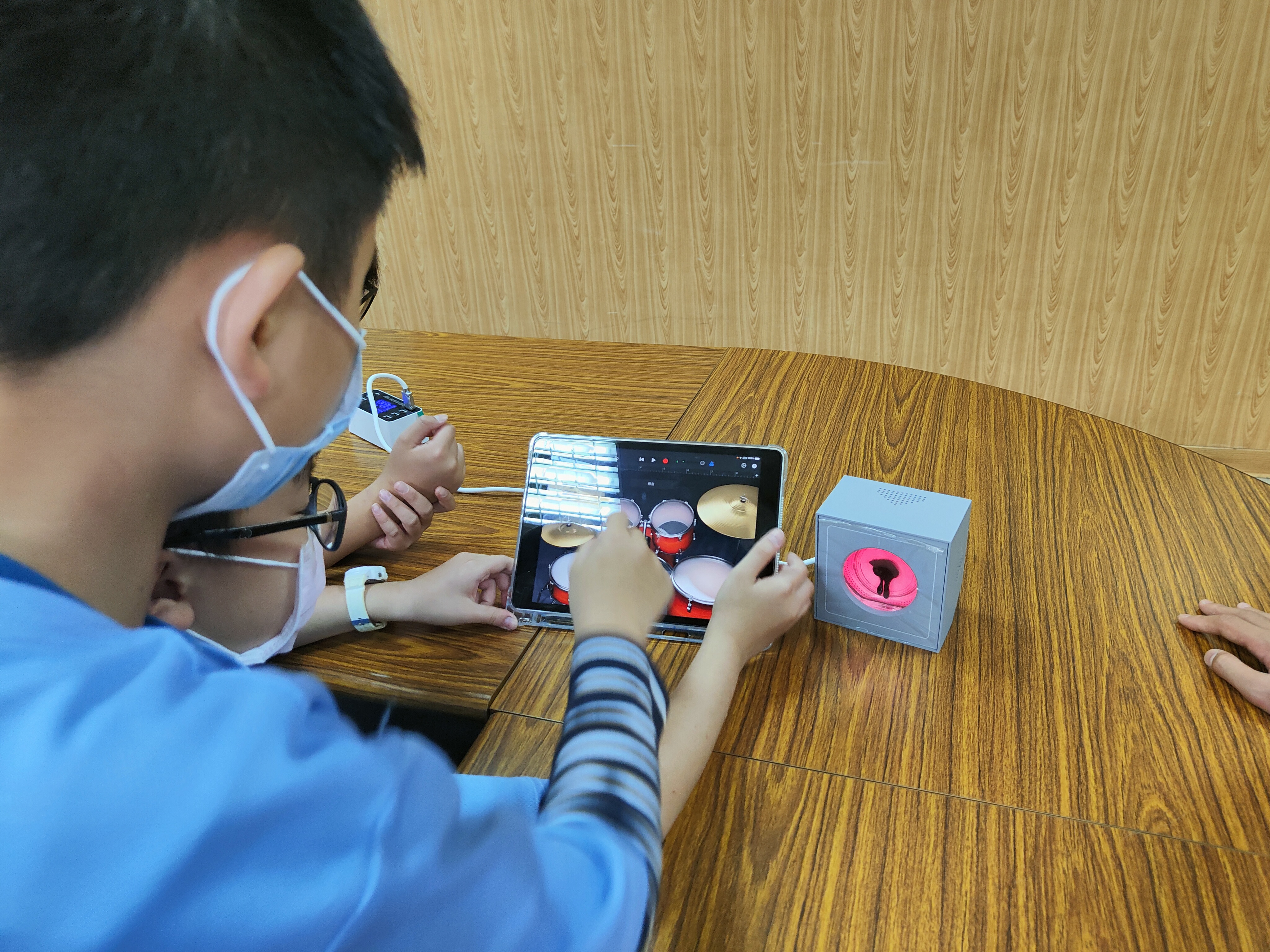
To foster students' empathy and social sensitivity, the curriculum cleverly incorporates SEL (Social Emotional Learning) elements. The "Magnetic Touch: Understanding Green Energy" module, for example, uses dramatic performance and body movement to guide students in simulating the potential impacts of modern technology on the environment. Children, impersonating marine life and birds, reflect deeply on how migration and movement will be affected when the global environment is permeated by electromagnetic signals. Through role-playing and storytelling, students not only learn scientific knowledge but also develop a more nuanced perspective on the delicate relationship between energy development and environmental protection.
The latter part of the course focused on the design theme of "Future Habitat." Through the reflection-guided approach of "Your future is our present," students considered what future homes would look like if they failed to protect the environment. Students integrated their acquired knowledge and skills with their own imagination and creativity to design future habitats that incorporated technology, intelligence, energy conservation, and recycled materials, demonstrating their deep thinking and creative application in environmental sustainability.
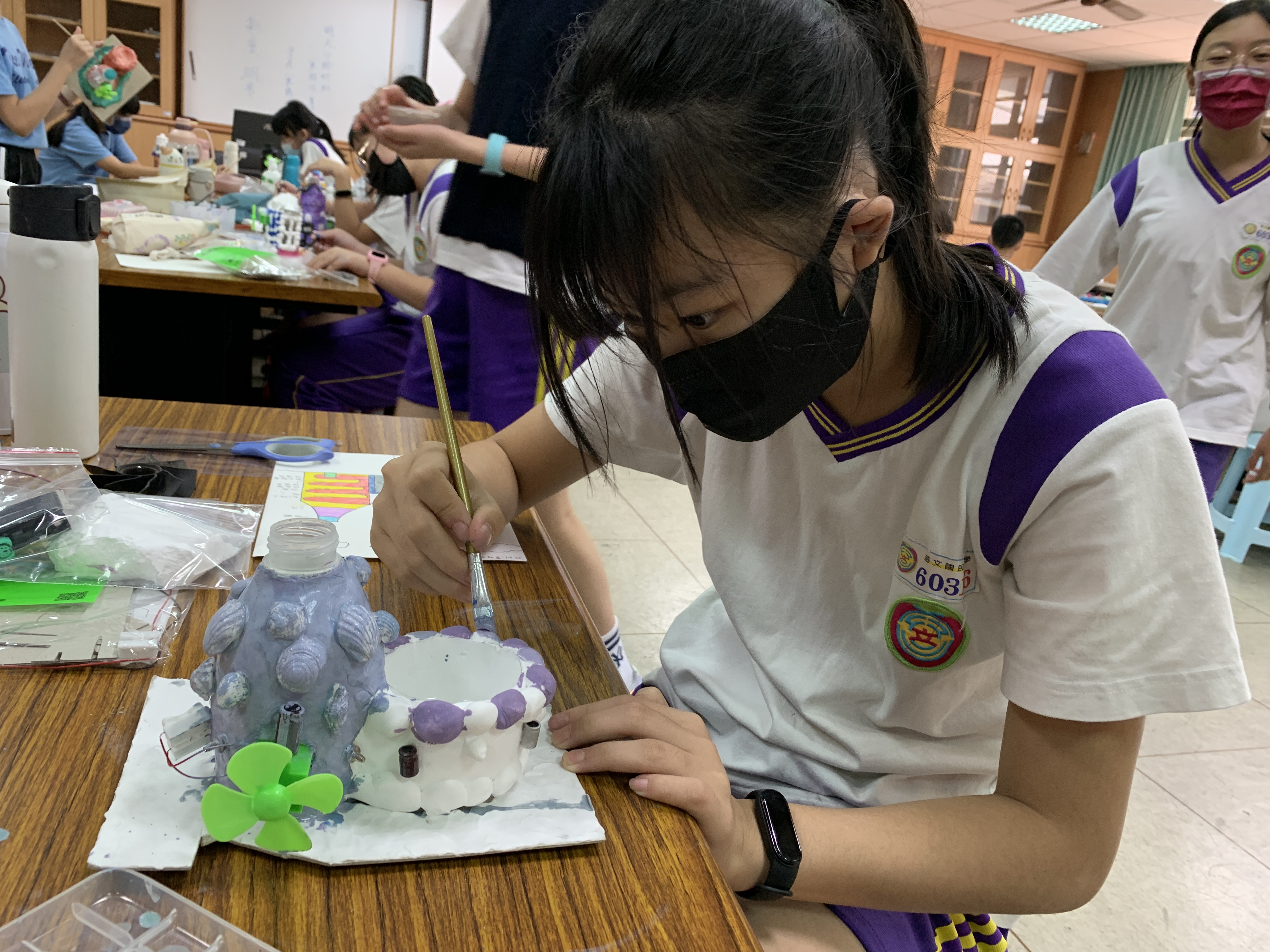
The Ministry of Education stated that the "Interdisciplinary Aesthetic Education Excellence Pilot Program" encourages schools to develop creative and culturally profound teaching practices, centering on aesthetic literacy and integrating local resources with global issues. Ciwen Elementary School's Green Summer Program demonstrates that energy conservation and carbon reduction are not simply a culmination of scientific knowledge, but a comprehensive learning journey integrating sensory experience, creative expression, and practical action. We hope that more schools will embrace interdisciplinary curriculum practices, allowing education to guide students in creating a sustainable future for the environment and society. For more information on aesthetic education programs, please visit the Interdisciplinary Aesthetic Education Excellence Pilot Program website (https://www.inarts.world/).

